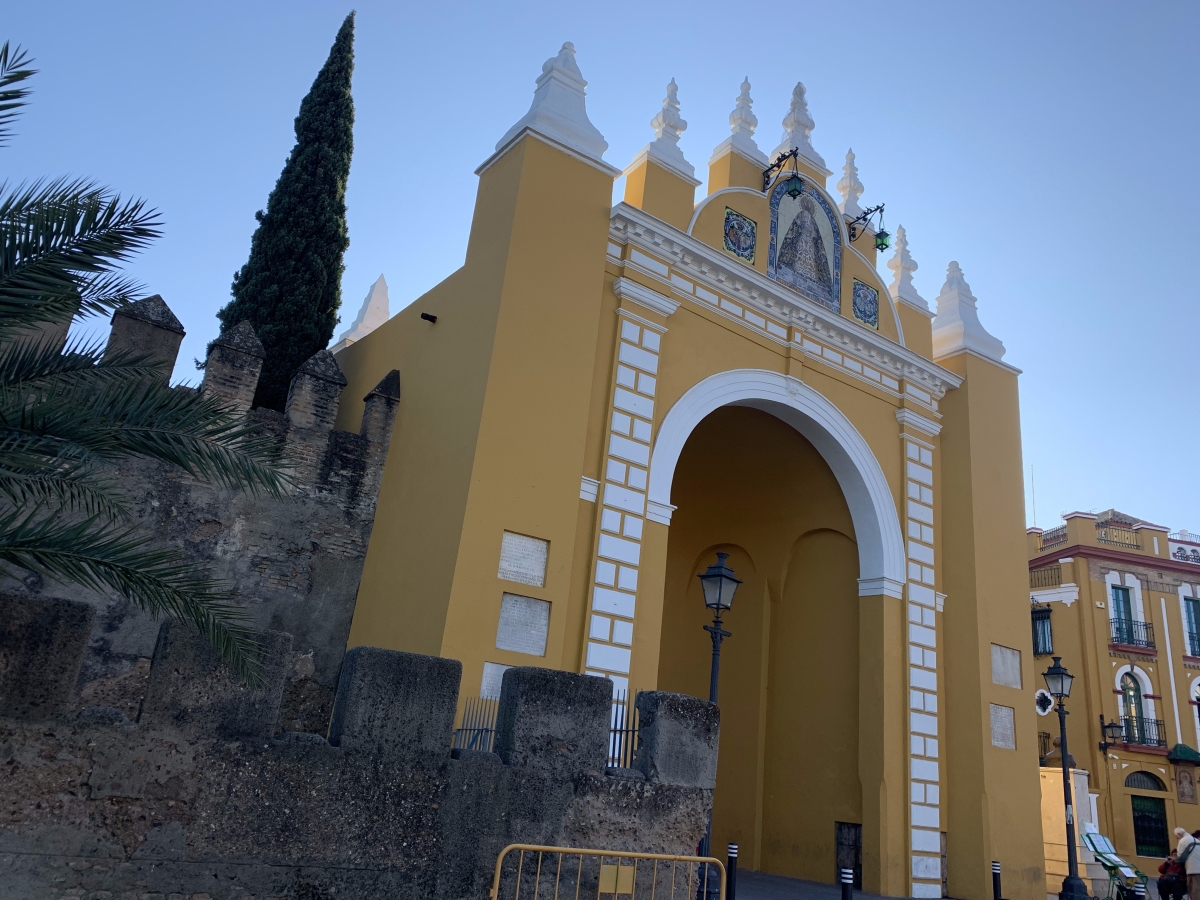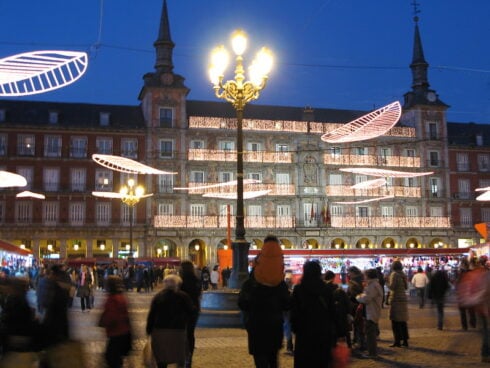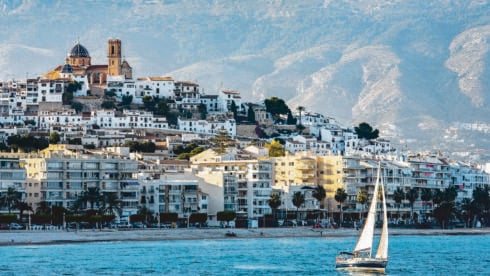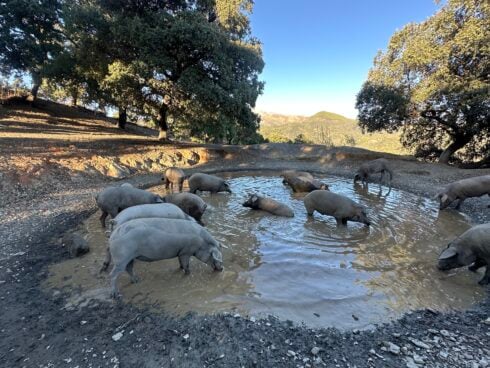MACARENA is to Seville what Shoreditch once was to London.
Packed full of young professionals, it is fast becoming the coolest neighbourhood in which to live, work and play, offering a perfect combination of hidden bars and an evolving food scene while serving up heaps of history.
The name itself hints at its rich past, with experts disagreeing over whether it came from a wealthy Roman landowner named Macarius or from its still existing city-wall, dubbed the Bab-al-Makrin by the Moors who rebuilt it almost 1,000 years ago.
Regardless, the barrio is filled with remnants of its past and is well worth a visit if you want something different from the heaving and packed city centre.
It’s no secret that Sevilla is a holy city and Macarena is no exception to the rule.
It is blessed with iconic churches and convents and has some of the best examples of Baroque architecture in the city.
From Roman and Arab walls to medieval convents and modern-day parliaments, there’s a plethora of sites to keep you busy. Below are the most noteworthy.
Macarena gate and Arab wall
Appearing like a giant yellow box, the gate of Macarena is attached to the ancient city wall, originally built by the Romans under Julius Caesar before being upgraded and expanded by the Moors in the 12th century.
Basilica de Macarena
Just next to the gate is the Basilica of Macarena, a catholic temple built in 1941 and home to one of the city’s most revered religious treasures, the Virgen de la Esperanza Macarena (Macarena Virgin of Hope), popularly known as the Macarena.
The statue stands behind the main altar, donning a gold crown, stunning garments and five flower-shaped diamond and emerald brooches which were donated by the famous matador Joselito El Gallo in 1912. Its museum will set you back €5.
San Luis de los Franceses church
The Church of San Luis de los Franceses, found on Calle San Luis, is one of the most important examples of baroque architecture in the city of Sevilla.
The main altarpiece, designed by Duque Cornejo, is a work of art, while its paintings on the ceilings of the dome and the vault could give the Sistine chapel a run for its money.
Open from 10am to 2pm and 4pm to 8pm, the general entry is €4, however it is free on Sunday afternoons.
Iglesia de San Marcos
This church on Calle San Luis is one of Sevilla’s most striking, and an obvious ode to the iconic Giralda, found in the city centre.
Boasting a Gothic-Mudejar style, it was completed during the 14th century.
The interior features plain white walls with hardly any added decoration. The simple design shows off its stunning construction and highlights its feature pieces, mainly an image of San Marcos, painted by Juan de Mesa, and that of Jesus laying down, created by sculptor Jose Lemus.
Convento de Santa Paula
This stunning and quaint convent was built in 1483 by a Mrs Isabel Enriquez, widow of the Constable of Portugal, before being renovated in the 16th and 17th centuries.
Nowadays it is run by a religious brotherhood called the Orden de Clausura de las Jerónimas.
Its tiling and intricately designed ceilings stand out, as do the great 18th century paintings by Domingo Martínez, detailing the life of Santa Paula.
The convent also makes handmade sweets with traditional recipes and natural products, the perfect gift to take home!
It is open Tuesday to Sundays from 10am to 1pm.
Calle Feria Food Market
Right on the border with the Alameda neighbourhood sits the oldest food market in Sevilla.
It has been serving local Sevillanos the freshest meats and fish since the 18th century and today has become a bustling tapas stop off.
You can expect it to be packed with locals and tourists but its selection of pop-up restaurants never disappoint.
Parliament of Andalucia
Across the road from the Macarena gate sits the Andalucian parliament.
It was first built as a hospital around the year 1500 before it became the meeting point for the region’s diputados (MPs) some centuries later.
Built in a renaissance style, the vast complex is structured around eight courtyards.
Unfortunately, only government officials are allowed to enter.
READ MORE:
- Sevilla: Guide to visiting Spain’s most romantic city
- Visit our travel guide section for more about Sevilla
- Tapas and flamenco: Where to eat in the Macarena district in Sevilla
Click here to read more News from The Olive Press.











